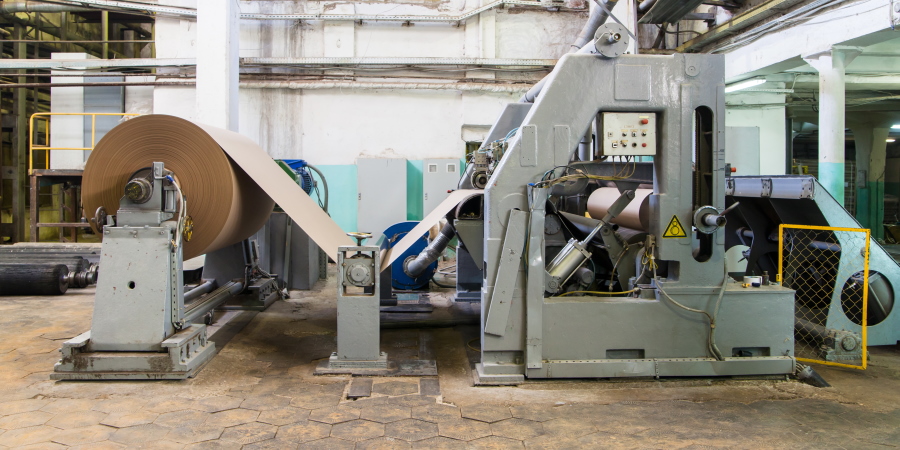Introduction
In a more digital economy, the role of paper is changing. As anyone can tell, technology is advancing all the time but paper is still used widely in several industries. Every topic also needs to be explored in a forward looking way.The future of paper products This also means that one needs to look at the future for papery products. This book considers how one of the products of a industrial economy, the paper product, will be living alongside digital products in the modern economy.
The Enduring Value of Paper
Tangibility and Sensory Experience
Paper provides a feel that digital can’t mimic. The tactile quality of paper plays an important role in reading and writing and in some aspects of visual arts. This physical presence creates a bond which many find comforting in terms of focus and retention.
Reliability and Accessibility
Paper is available everywhere, and doesn’t require any tech infrastructure. They offer a trusted means of communication and documentation, especially in regions that have little digital access. Paper is so basic that it remains an essential tool of education, business and even personal use.
Cultural and Historical Significance
Paper provided extra ordinary contributions in the preservation of culture and history. Books, manuscripts and archival materials are physical pieces of the human history and heritage. Preserving these items allows future generations to cultivate the wisdom and talents of the past.
Integration with Digital Technology
Hybrid Solutions
The next wave of paper products will be when they’re connected to digital. Hybrid alternatives like digital notebooks and smart paper offer the best of both worlds. These products enable users to write on paper and redistribute their content digitally.
Enhancing Productivity
Pick up these paper products to keep your productivity at a high. Planner, journal and sticky note snaps allow for an easy to use setup of thought of and task organize. Together with digital calendars and apps, they form the foundation of a complete time-management and organization system.
Digital Printing and Customization
Digital printing technology has taken the personalization and efficiency of paper products to new levels of sophistication. Companies can create customized marketing collateral, packaging, and publications designed for targeted audiences. This flexibility contributes to the continued relevance of paper products in a time-sensitive and customized market.
Sustainability and Innovation
Eco-Friendly Practices
Paper Industry Carving Way for Greener Horizon The paper industry has shown encouraging signs in treading toward the greener side in order to alleviate environment dynamics. Recycle and responsible production technology is embodied for environmental production. Consumers and corporations value environmentally friendly paper products, leading to increased demand for sustainable alternatives.
Biodegradable and Recyclable Options
Paper-based products have the advantage of being biodegradable and recyclable. Unlike its digital cousins, paper is readily recyclable and biodegradable. It is this eco-friendly feature that makes paper a sustainable option in an age which is bent on minimizing waste and environmental damage.
Challenges and Considerations
Competition with Digital Media
The use of digital media changes the media industry itself. The growth of E-books, online publications, digital communication has dampened the demand for some paper products. If the paper industry in its current state is to survive, it will need innovation and to adjust to what consumers are seeking.
Cost and Efficiency
It costs material, energy, labor to make a paper production. With the rise of digital communication, and as digital technologies become cheaper, the paper industry needs to focus on how to operate more effectively and cheaply in order to stay competitive.
Digital Divide
As much as digital technology is proliferating, not everyone is connected to the internet. Paper products represent a critical alternative for people who don’t have convenient, reliable access to digital technology. Balancing digital and paper solutions are necessary to ensure equal access to information and resources.
The Future Outlook
Niche Markets and Specialization
The future of paper products could lie with specialty applications and markets. Premium quality stationery, artistic papers and deluxe packaging respond to individual groups of consumers that are looking for exclusive and high-quality experiences. These unique products can separate paper from digital solutions.
Continued Adaptation and Innovation
The future of the industry will depend on its ability to innovate and adapt. Adopting sustainability, incorporating into digital technology, and evolving the applications will help paper products to stay significant and valuable. Working together with digital platforms and industries can be mutually beneficial and create opportunities for innovation.
Conclusion
The future of paper products in a digital economy is a mix of tradition and innovation. Use of digital technology, sustainable focus and consumer adaptation Pulps to drive paper industry forward If the industry is adapting to change, it can ensure the survival of paper products. Their enduring utility, coupled with an innovative spirit, allows paper to remain a keystone of a diverse and changing economy. By integrating paper and digital, we offer a more comprehensive and balanced perspective of information, communication, and creativity in today’s society.


